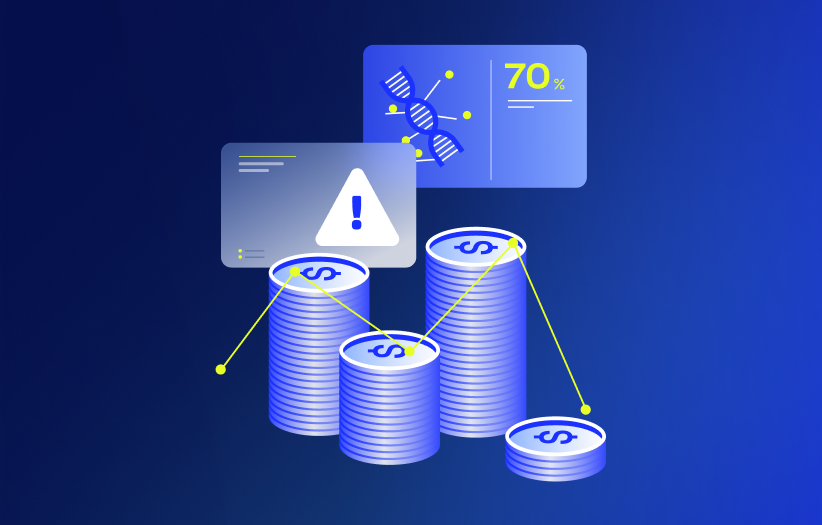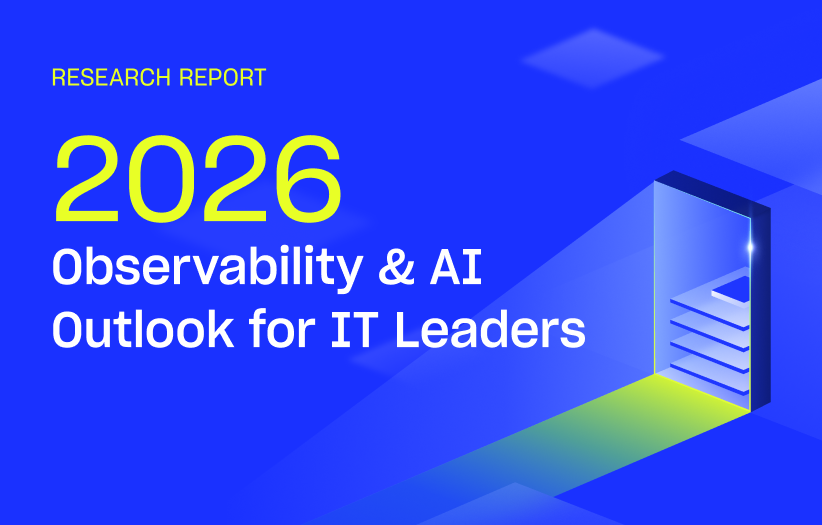Quantifying the True Cost of Healthcare IT Downtime

LogicMonitor + Catchpoint: Enter the New Era of Autonomous IT

Proactively manage modern hybrid environments with predictive insights, intelligent automation, and full-stack observability.
Explore solutionsExplore our resource library for IT pros. Get expert guides, observability strategies, and real-world insights to power smarter, AI-driven operations.
Explore resources
Our observability platform proactively delivers the insights and automation CIOs need to accelerate innovation.
About LogicMonitor
Get the latest blogs, whitepapers, eGuides, and more straight into your inbox.
Your video will begin shortly
In today’s hospitals, technology is woven into every touchpoint of patient care. Nurses check vitals through digital monitors. Physicians review test results in the EHR. Medications get ordered, verified, and delivered through a network of connected systems. But when even one link in that chain fails, the impact isn’t just inconvenient—it’s dangerous.
Downtime doesn’t just slow operations. It delays diagnoses, derails treatment plans, and puts both patient trust and clinical safety at risk.
When healthcare IT systems fail, the financial impact is significant. A single day of downtime, on average, can cost healthcare organizations around $1.9 million. These costs quickly add up from lost revenue, inefficient operations, and potential fines. What’s more, getting things back up and running often takes over 17 days per incident. However, beyond the financial impact, the human toll is substantial.
Remember the 2024 CrowdStrike update? That global IT disruption caused hospitals worldwide to cancel procedures, delay treatments, and even revert to old paper workflows because critical systems were simply unavailable. In moments like those, routine care gets compromised, putting patient safety and smooth operations at risk.
Additionally, these disruptions erode patient trust. Patients often feel frustrated, anxious, and vulnerable when essential systems fail to function properly, especially when they expect real-time, seamless experiences. Our healthcare professionals also face immense stress, wrestling with manual workarounds and unreliable systems, which can contribute to burnout.
Modern healthcare IT environments are incredibly complex, combining on-premises infrastructure, multiple cloud platforms, medical devices, and edge environments. Keeping a clear view of performance and security across this vast landscape is demanding. Legacy monitoring often falls short in this regard, creating critical “blind spots” that hinder quick resolution and put patient care at risk.
For a deeper dive into why older IT approaches can’t keep pace with today’s demands, we’ve covered it in more detail, including real-world examples like the critical outage affecting an infant protection system, where 25 engineers spent five hours trying to pinpoint a root cause—90% of that time just identifying the issue. During those five hours, the system designed to safeguard newborns from risks like abduction or unauthorized movement was offline, leaving hospital staff without automated safeguards. In a high-stakes environment like neonatal care, every minute without protection adds anxiety and risk. This incident underscores why healthcare IT teams need complete, correlated visibility across infrastructure and clinical systems because when safety systems fail, there’s no room for guesswork.
Hybrid observability fundamentally changes how healthcare organizations monitor their IT ecosystems. It unifies perspectives across your entire hybrid environment, connecting every part of your healthcare IT regardless of location. This approach bridges data gaps and simplifies complexity by consolidating information from across your data centers, clouds, applications such as Epic, networks, and end-user experiences.
With AI, hybrid observability can proactively identify issues before they impact care by detecting anomalies and providing in-depth system intelligence for clinical workflows. This means better efficiency, enhanced patient safety, dramatically cut troubleshooting times, and improved compliance by streamlining audit preparation and reducing security risks.
From bedside monitors to cloud-based EHRs, every part of the healthcare IT ecosystem plays a role in patient outcomes. When any link breaks, the consequences go far beyond inconvenience—they compromise patient safety, delay treatments, and add pressure to already burdened care teams.
Yes, the financial stakes are high—millions lost per day, thousands per minute—but the clinical stakes are even higher. Every outage is a risk to patient trust, clinician performance, and system-wide safety.
That’s why leading healthcare organizations are shifting from reactive monitoring to proactive observability. They’re breaking down silos, gaining visibility across hybrid environments, and resolving issues before they interrupt care.
The next generation of healthcare won’t just rely on IT. It will rely on resilient, intelligent systems that support clinicians every step of the way.
Because when IT works, care works. And that’s what matters most.
© LogicMonitor 2026 | All rights reserved. | All trademarks, trade names, service marks, and logos referenced herein belong to their respective companies.
